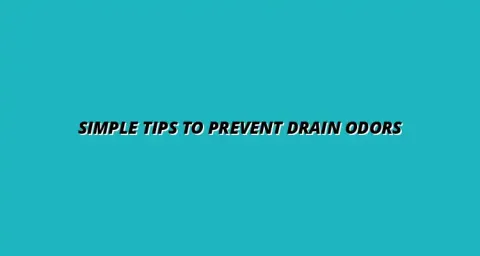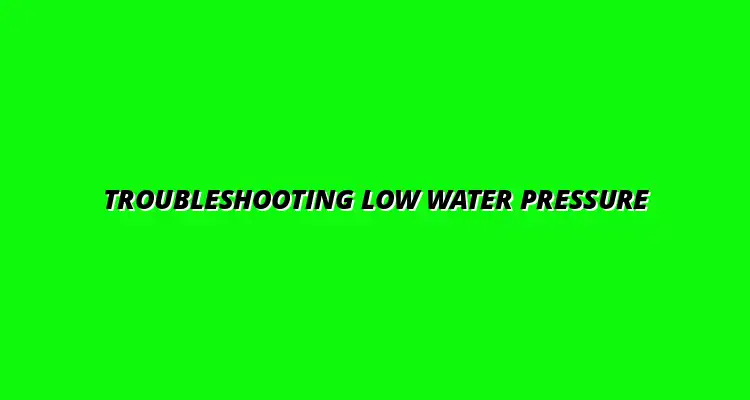
- Beginner Tips
- Feb 18
2025-02-26
Low water pressure can be a frustrating issue in any home. It refers to the reduced force of water coming from taps, showers, and other plumbing fixtures. When the pressure is low, simple tasks like washing dishes or taking a shower can become longer and more tedious.
In many cases, low water pressure can make daily routines inconvenient, impacting everything from bathing to cleaning. It's important to understand what could be causing this problem to address it effectively. Let's dive deeper into what low water pressure really means and how it affects our plumbing needs. For a basic understanding of water pressure, check out this helpful guide: Understanding Water Pressure in Plumbing.
Low water pressure is typically defined as water flowing at less than 40 PSI (pounds per square inch) in a residential plumbing system. This can lead to several inconveniences, such as weak water flow or fluctuating water temperatures, making your shower experience less enjoyable.
Additionally, low water pressure can hinder the performance of appliances that rely on water, such as washing machines and dishwashers. If the pressure dips too low, these machines might not work efficiently, leading to longer cycle times or incomplete washes!
Understanding the reasons behind low water pressure is crucial for finding a solution. Here are some common culprits that can cause reduced water pressure in plumbing systems:
Identifying these issues can help target solutions more effectively. If you're experiencing low water pressure, it might be wise to check for these common causes first! Learning how to check your water pressure easily can be a great first step: Check Your Water Pressure Easily.
Recognizing the symptoms of low water pressure is the first step toward addressing the issue. Common signs include:
If you’re noticing these signs, it’s time to take a closer look at your plumbing. Identifying the symptoms early can save you time and frustration!
To get started on diagnosing low water pressure, here are some steps to consider for an initial assessment of your plumbing:
These simple checks can help you determine where the problem lies and whether it’s something you can fix yourself or if you need to call in a professional. For some simple DIY fixes, check out this guide: Fixing Low Water Pressure Easily. Taking this active approach can save you time and money!
If you notice that your neighbors are also dealing with low water pressure, it's essential to approach the issue collectively. Start by discussing the problem with them to confirm if it’s a wider community issue and not just limited to your home. Once you establish that it is indeed a neighborhood problem, you can take further action.
Consider the following steps to address the situation:
Involving your community can often lead to quicker solutions, as water authorities are more likely to respond to multiple complaints rather than a single one.
Absolutely! Low water pressure can significantly impact appliances that rely on water, such as dishwashers and washing machines. When these appliances do not receive the adequate water pressure they need, it can lead to various problems. Addressing sudden drops in water pressure can be particularly crucial for kitchen appliances: Fixing Sudden Water Pressure Drops.
Here are some potential issues that may arise:
Being aware of how low water pressure affects your appliances can motivate you to address the issue promptly!
To tackle low water pressure effectively, remember these essential strategies:
By following these key points, you can develop a solid plan to address low water pressure in your home. For more in-depth information on fixing low water pressure at home, visit: Fixing Low Water Pressure at Home.
In conclusion, taking a proactive approach to plumbing care can help ensure a reliable system and avoid low water pressure issues. Regular maintenance and timely interventions are crucial! If you're in the Kingstanding, Birmingham area and need professional help, consider contacting a local plumber: Plumber in Kingstanding, Birmingham.
Here are some final tips to keep in mind:
Staying on top of your plumbing care will help you enjoy a reliable water supply and prevent future issues!
